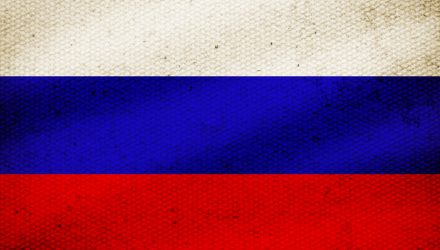Investors holding emerging markets exchange traded funds at the start of 2022 through today are learning an important lesson: the less Russia, the better.
One way of tapping into that theme is with emerging markets ETFs emphasizing environmental, social, and governance (ESG) principles. That group includes the SPDR Bloomberg SASB Emerging Markets ESG Select ETF (REMG). REMG, which debuted in January, follows the Bloomberg SASB Emerging Markets Large & Mid Cap ESG Ex-Controversies Select Index.
When it comes to Russian stocks, “ex-controversies” is a favorable trait, but one that’s difficult to locate in the current environment. To that end, REMG allocates just 1.59% of its weight to Russia, meaning that 10 countries have larger weights in the fund, according to issuer data.
“Sustainable funds have relatively low exposure to Russia but not because of opposition to the Putin regime. Russian companies tend to have high levels of environmental, social, and governance risk and fossil fuel involvement, which preclude most of them from sustainable fund portfolios,” notes Morningstar analyst Jon Hale.
REMG, which holds nearly 700 stocks, has a weight of just over 4% to the energy sector, making that group the fund’s eighth-largest sector exposure. Fortunately for investors, REMG’s Russia exposure is below average relative to the emerging markets ESG ETF category.
“Among these sustainable emerging-markets funds, only one has Russia exposure higher than the 4.9% average for funds in the diversified emerging-markets Morningstar Category. By contrast, 10 funds have less than 1% exposure to Russia and four have none at all. Sustainable emerging-markets equity funds have, on average, just 1.8% exposure to Russian equities, nearly two thirds less than the overall category average,” adds Hale.
China, at 38%, is the country that looms largest in REMG, while high-quality, tech-heavy Taiwan and South Korea combine for 23.16%. Russia’s penchant for being home to some high-risk companies regarding ESG is an obvious reason that the country is barely represented in REMG.
“Of the Russian companies covered by the Sustainalytics ESG Risk Rating, 57% have ESG risk assessments of High or Severe. The average Sustainalytics ESG Risk Rating of the Russian companies it covers is 31.5, which places in the High ESG Risk category,” concludes Hale.
Additionally, the investible universe of Russian tech companies is small, and that sector is usually prominent in ESG funds. For example, REMG devotes 21.12% of its roster to tech stocks.
For more news, information, and strategy, visit the ESG Channel.
The opinions and forecasts expressed herein are solely those of Tom Lydon, and may not actually come to pass. Information on this site should not be used or construed as an offer to sell, a solicitation of an offer to buy, or a recommendation for any product.

